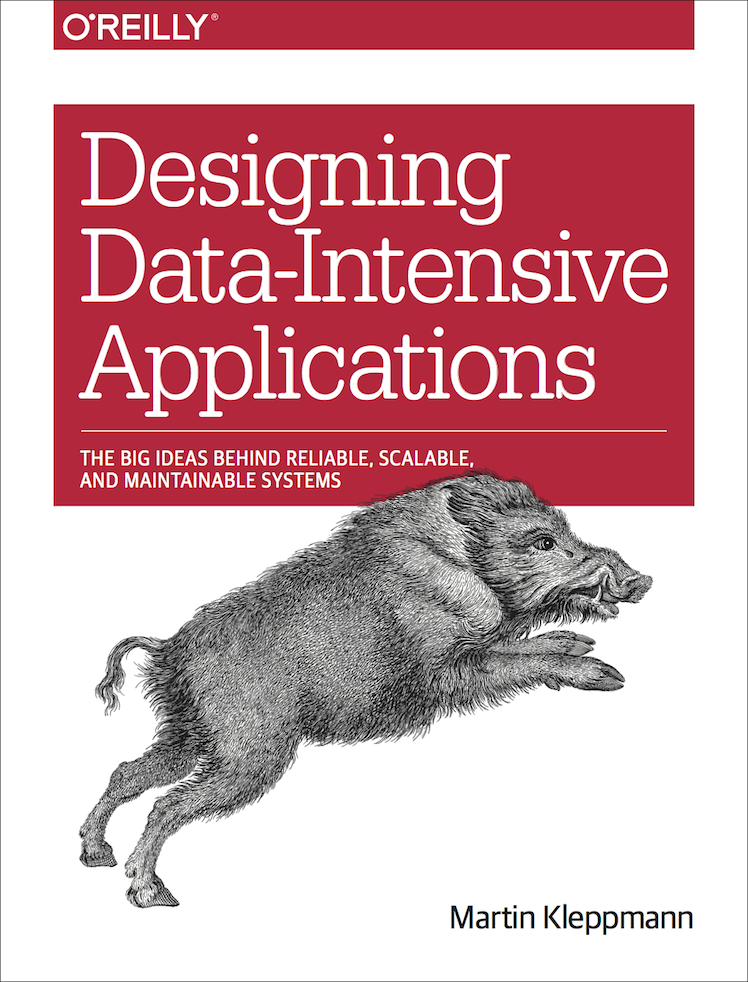No, Your Domains and Bounded Contexts Don’t Map 1 on 1
Mathias Verraes:
In DDD, we reason like this: The engineers need to build, maintain, and evolve secure and performant systems that serve the company. To do that, the engineers need an understanding of the domains and of the software systems. To achieve that, we leave the domains as the organisation sees them, and we draw our own Bounded Contexts to serve our need for understanding. The Bounded Contexts exist primarily for the engineers, and for the engineers’ communication with domain experts and other business functions.
